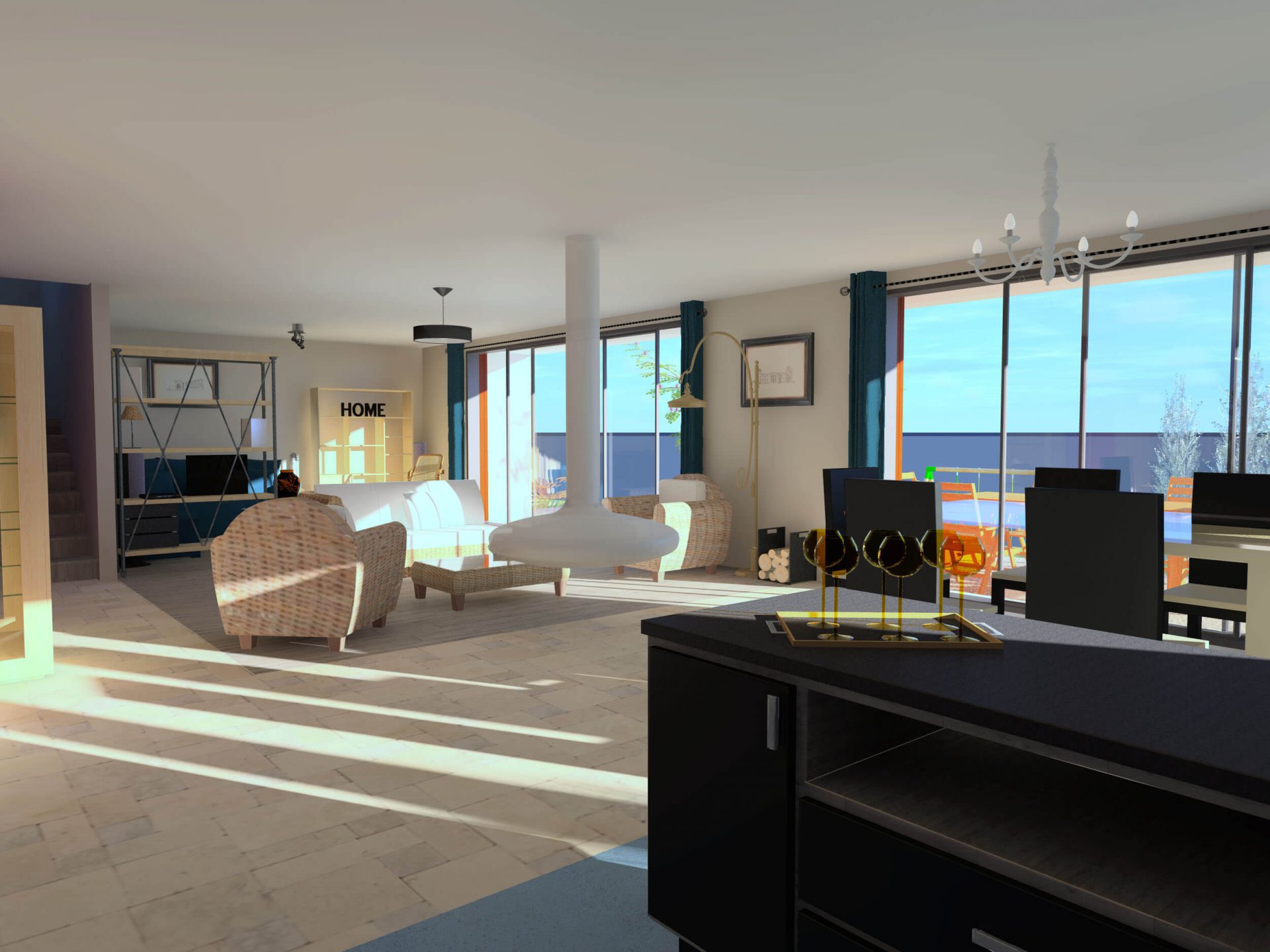Crafting a captivating interior space surpasses the mere arrangement of furniture or the choice of color palettes. this hyperlink is concerned with layering textures and patterns to add depth and character, turning a house into a sanctuary. As we examine the newest interior design trends, we uncover how to integrate different elements, from opulent fabrics to natural finishes, ensuring that each room displays a cohesive aesthetic while also telling its unique story.
In the changing landscape of interior design and building, understanding color psychology and the role of building materials can substantially enhance the atmosphere of any space. Whether you are initiating a home renovation or merely looking to refresh your spaces, this insight into the art of mixing textures and patterns will motivate you to enhance your interiors. Join us as we explore practical ideas and expert tips that can immediately upgrade your spaces and make a lasting impact.
Designing Unified Spaces
Achieving a cohesive look within spaces is essential for interior design, since it promotes a seamless flow throughout your home. First, establish a consistent color palette that links different areas together. Selecting one or two primary colors and supplementing them with shades and tones that blend creates cohesion across the spaces, making transitions feel natural rather than sudden.
Furthermore, consider the application of textiles and materials to integrate the design. Fabrics such as drapes, carpets, and upholstered furniture can strengthen your chosen hue scheme while incorporating varied textures. Combining materials like wood, metal, and glass also brings depth, but ensure they harmonize with each other aesthetically to maintain the cohesive feel. This fusion of color and texture helps create an inviting atmosphere that enhances the unique features of each room.
Finally, add a common design element or theme that reflects your personal style throughout your home. This could be a particular architectural feature, artwork style, or decorative motif that manifests in various forms in different areas. Consistent design features serve as visual cues, leading the eye from one space to another while amplifying the overall narrative of your interior design. With meticulous planning and attention to detail, you can fashion a harmonious environment that feels unified. spintax

### Innovative Design Trends
Lately, textures have emerged as a central focus in interior design, providing intrigue and richness to spaces. Designers are increasingly blending various materials such as wood, metal, and textiles to create layers that elevate the overall aesthetic. This trend challenges the conventions of traditional design by experimenting with bold combinations, demonstrating how different textures can complement each other beautifully. For instance, pairing a rustic reclaimed wood wall with sleek metal accents can result in a stunning visual contrast that captivates the eye.
Another noteworthy trend is the integration of smart technology into home design. Homeowners are looking for comfort and practicality, leading designers to incorporate tech-savvy solutions that fit effortlessly with interiors. From intelligent lighting systems that adjust based on the time of day to thermostats that adapt to your routines, technology is transforming the way we live and engage with our spaces. This trend not only adds to the modern appeal of a home but also promotes energy efficiency and sustainability.
Sustainable design is increasingly popular as more individuals become conscious of their environmental impact. Reclaimed and recycled materials are being used creatively in both construction and decor, contributing to a greener future without sacrificing style. Eco-friendly options, such as low-VOC paints and natural fibers, are becoming standard choices in homes, allowing designers to craft beautiful interiors that prioritize health and sustainability. As these trends progress, they indicate a movement towards spaces that are not only aesthetic but also align with a more responsible lifestyle.
Eco-Friendly Interior Solutions
Integrating eco-friendly resources into your indoor environment can greatly minimize your environmental footprint while creating aesthetic areas. Choices such as reclaimed wood, bamboo, and upcycled glass countertops not only offer unique aesthetic attractiveness but also support sustainability. Choosing paints and finishes with reduced VOCs can enhance indoor air quality, resulting in your living space better for its occupants. As more property owners become mindful of their environmental impacts, these resources become increasingly popular in both new builds and upgrades.
Connected tech is also a vital aspect of green interior design. Integrating intelligent climate controls, energy-efficient lighting, and automated systems can improve energy consumption throughout the house. These devices not only lower energy usage but also offer convenience and increased comfort. Homeowners can observe their energy consumption in live, allowing it easier to embrace greener habits and reduce energy costs. As the demand for smart home devices continues to increase, they are becoming more available and easier to integrate into various aesthetic approaches.
In conclusion, eco-friendly construction practices play a key role in the complete design strategy. Partnering with builders who focus on sustainable practices can reduce waste and secure efficient use of materials. Utilizing locally sourced materials reduces transportation emissions, while effective insulation techniques help regulate temperature and reduce energy costs. By implementing these practices, residents can design beautiful environments that demonstrate their dedication to eco-friendliness while enjoying the perks of contemporary design.
